Independence

⏱️ 9 min read
Introduction
Independence is a natural characteristic of all living things—including flowers. All animals eventually leave the nest. Most foals begin to stand within an hour of their birth. Sea turtles hatch on the beach and immediately crawl back to the sea on their own. We all acquire independence by nature, and humans are of course no exception. Independence is always a factor in our growth. From toddlers taking their first ever step to being young adults moving out of their parents’ home, independence drives any great progress we might make.
However, independent minds are also prone to obstacles and pressures, and some foals take two hours to stand. We all live in a world where we are grouped and labeled, whether those labels fit or not. As a result, most people are coerced to follow the herd. Nevertheless, we are ALL individuals. We all have our own thoughts, wills and desires, which shape our path to becoming our true selves.
We know that most of us, as young children, fall short of being ourselves in the early years of school life—it is simply outside of our comfort zone. When children are group-labeled as ‘Receptions’ or ‘Year 1s’ and teachers speak to the whole class rather than individual students, how do we help young pupils retain their natural independence?
Having an independent mind is crucial at all stages of our education. Governments have it, parents can make great use of it, and every child could build theirs. When its importance is promoted by our teachers, and the education system itself, it can trickle all the way down until it is instilled in every individual student.

Governmental thinking
Currently in the UK, there’s an extensive range of school types. The difference between them are also extensive. One pupil attends the school just across the street, while an international student boards in a dormitory far from home. Some schools are academically selective, whereas other schools accept students without assessment. Each school has its own policies, atmosphere, ways of teaching and expectations of academic performances.
One of the best known consequences of this range is the performance gap between state and independent schools. For a fact, academic achievements of independent school students are higher than those of state school students. With the freedom to adapt their curriculum, policy and budget spending, independent schools can support students’ progress by serving up what benefits them most. In contrast, for many practical reasons, it is impossible for state schools to support students in the same way—largely because there is no autonomy of decision-making within the school. The breadth of school types and achievement, in reality, is so wide that the current education system cannot close the gap between them.
The national news—and you may not be aware of this—is that this current status is due to change. In 2016, the UK government announced that all state-funded schools will become academies by 2022—meaning they will be run by academy trusts instead of local authorities. For practical reasons, the target year was first rescheduled to 2030, and in December 2022, the policy was amended again and we are awaiting further announcement. Following the government’s new vision, the number of academies has increased in the past few years. In January 2022, approximately 40% of Primary schools and 80% of Secondary schools in England were already academies.

Once state schools are ‘academised’, they have the freedom to decide their own school hours, curriculum and spending, to list a few examples. They are empowered with a new level of independence from the government.
The UK government regards this change as the key to pushing up performances in all schools, and ultimately providing equal opportunities for students in any (type of) school. The new academy schools will be authorised to provide the best system for their students as they see fit, according to their skills, levels and ambitions, just as independent schools do already.
With more and more state schools becoming independent of local authorities’ control, and having the power to serve what is best for their students, the current ‘gap’ between school types will likely (hopefully) close.
Recent research presents that the academic achievements of state and independent schools have been uneven in the past years.
A longitudinal study by UCL Institute of Education (2017) has found that independent school students show significantly greater improvements in their cognitive test scores from the beginning to the end of Primary school than state school students. The researchers analysed the cognitive test scores for students born in 1958, 1970 and 2000. Yet, the performance gap between the two school types was consistent across all years. Independent school students always showed higher improvement rates than state school students.
Furthermore, another study by the same institution (2020) discovered that people who attended independent schools at age 13 were 12% more likely to have ‘higher-status’ (professional or managerial) occupations by age 25 than those who attended state schools at the same age.
These studies confirm the reality of the gap between state and independent schools, within and after education. The results highlight the importance of evening out students’ opportunities across different school types.
Parental thinking
As a parent, there is a lot to think about when arranging your child’s education. If you are looking beyond local schools (e.g. grammar or independent schools), there are even more questions to ponder.
But that’s not all. Various opinions from school, teachers, your friends, classmates’ parents and online forums might influence your thoughts too. As much as information can guide our thought processes, it can misguide us too.
Others’ views can really challenge our own independent thoughts but in the end, the final decision is yours. Teachers may be aware of students’ grades and behaviour in class. However, they are unlikely to see your child outside of the class group. Whether your child is entering a Primary or Secondary school, the ‘right’ decision is best made when we take into account all dimensions of a child—and the person who can see all dimensions of your child, is you.


Early Years Independence
As we all know, children develop independence from a very young age, long before school age. When getting dressed, eating and playing, how many times have you heard your child say, ‘Let me do it!’?
There are, of course, many things a young child cannot (or should not) do on their own. However, as children grow and learn to do something new, they will naturally want to try it. And the more they can do, the more they want to try it by themselves, without anyone’s help.
Young, independent mindsets grow naturally, and often rapidly. Once independence has put on its shoes, it will happily skip and run to school.
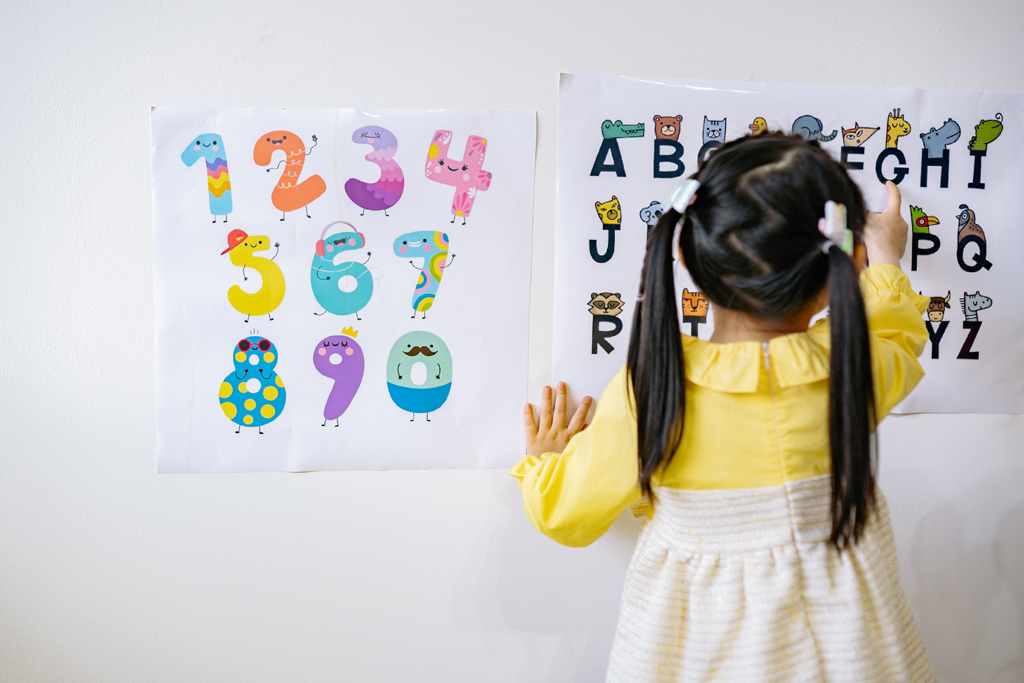
Independence in Lower Primary (Reception–Year 3)
As schooling starts, independence plays a crucial role in children’s debut—a whole new environment. In class and playgrounds, children are thrown into a group of other students, each with their own personality—from the louder, bolder lions to quieter, shyer rabbits. But are they actually shy rabbits? Social pressures take ahold of the group one individual at a time; for example, the pressure to follow a leader, whoever that may be. The pressure to make friends or express yourself freely is immense. Just being oneself at school can be a tremendous challenge. Your child whom you know to be a singer and dancer at home might not quite be so outgoing at school.
An independent mindset eases these pressures to a certain extent. The more independent students can approach a classmate without the help of adults, make friends with them, and enjoy playtime together. As such, independence intrinsically boosts students’ social confidence, and confidence in general.
Less conscious of what the rest of the class thinks, independent thinkers will raise their hands in class and even pose questions back to the teacher. Independent thinkers choose the clubs they want to join and pick up new books to read every day, without minding what others think. With the ability to voice their opinions and pursue their preferences, they are already making choices for themselves, exercising and developing their academic and extracurricular skills more than their peers.
Much of what a young child displays is often not their ‘real’ self, particularly among the peers. However, no matter what character a child displays in class, it is unique to them: reading the room might be an ability only rabbits have.
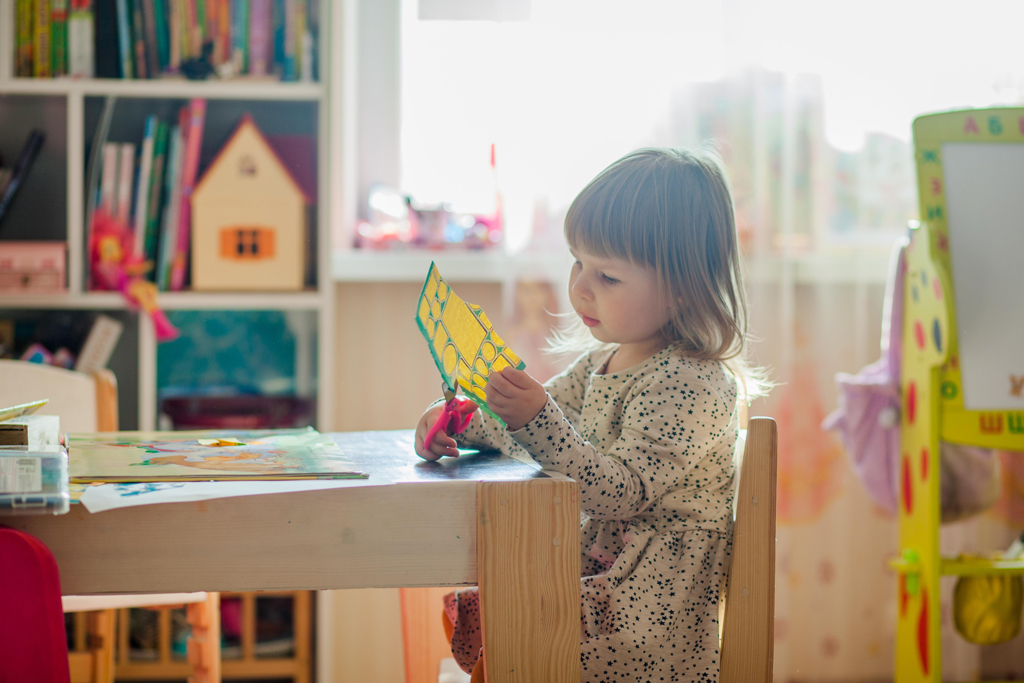
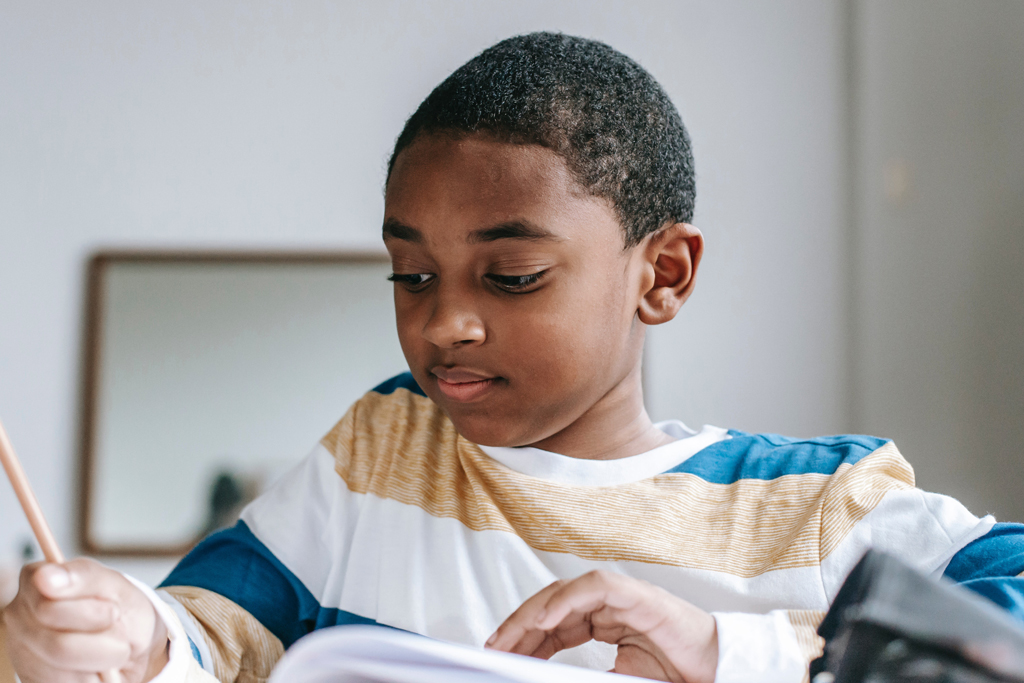
Independence in Upper Primary (Years 4–6)
By this stage, teachers expect all students to have equipped with a higher level of independence. Every student sits SATs (or equivalent) at the end of Year 6, and several challenges await. The amount of homework increases, lessons become more difficult, and tests and assessments become more frequent. The key to coping and progressing is to review, recap and revise what students learned in class, routinely at home. But only the (more) independent pupils settle into this routine naturally.
At the ambitious end where thousands of pupils are sitting 11+ exams, students themselves need to grasp how to study independently. Concentrating in class, participating in group work, completing homework, reading, taking self-study time to catch up or getting ahead all require independent mindsets: no-one else can do the work for the pupils.
Independence really does ignite and fuel the mature inclination to initiate self-study. When students know what to catch up on or be ahead of, they can take it to the desk and work on it. As they progress, results follow, and even greater confidence comes along with that. Confidence motivates students to aim higher, driving the ultimate cycle of self-study and fundamental initiative.
At the end of Year 6, all students move on to a Secondary school. Big school presents a new, wider society with lots of opportunities for new learning experiences. Whichever school your child is aiming for, and whatever they wish to attain there, an independent mindset will increase their chances of achieving it. More doors will likely open to the independent-minded students than those who do not express themselves less willfully.
Conclusion
Independence is crucial to education at all levels. With an independent mindset instilled, students become their true selves at school and study without the influence of other students. And ironically, the autonomous thoughts of the government, schools and parents all influence students’ independent mindsets.
The wretched pandemic of COVID-19 was destructive to every one of us. Teachers, schools and the government all tried their best to minimise the damage to students, but most students didn’t keep up. It was impossible for any student to fully follow the curriculum, and the only solution was self-studying.
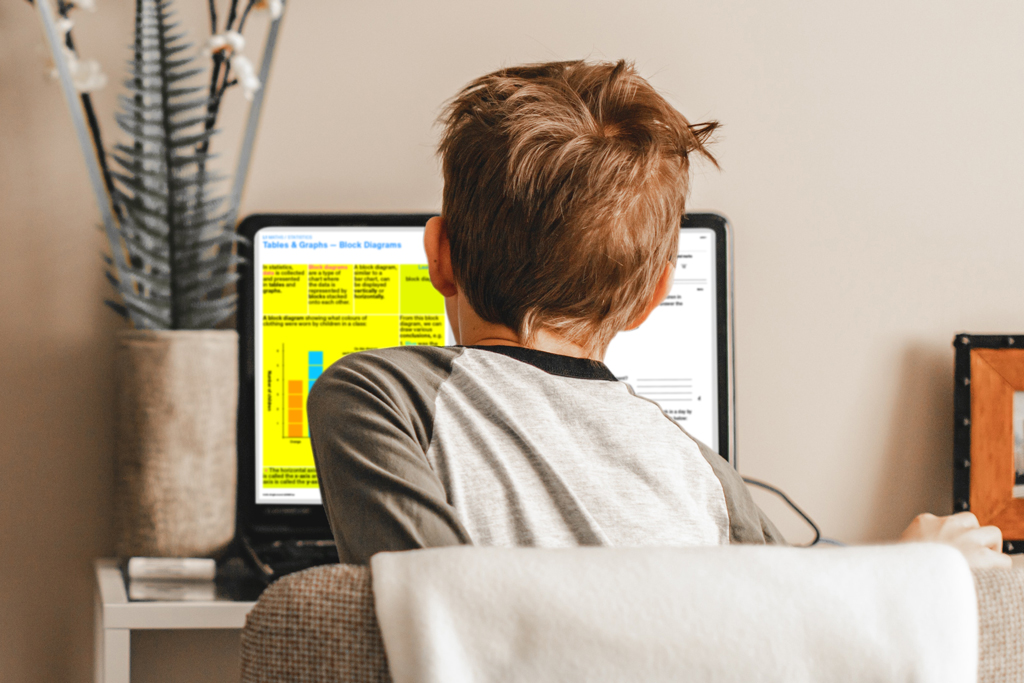
Now, students have finally returned to classrooms, each equipped with individual levels of progress. So, is it not the phase for all of us to catch up? Whether the aim is to keep up with the rest of the class or keep ahead, self-study is still the key to achieving it independently of other students, conditions and environments.
Learnest stands by all students to become independent learners, with their study in their own hands. From Pre-school Mini-Digi books, curriculum-based L1–3 materials to L+ materials feeding curiosity, Learnest supports students acquire an independent mind from a very early age, and self-study habitually to pursue their goals throughout Primary education and beyond.
And once one goal has been achieved, independent learners will see choices open for them. They can choose the next target by themselves, and continue studying towards it independently.
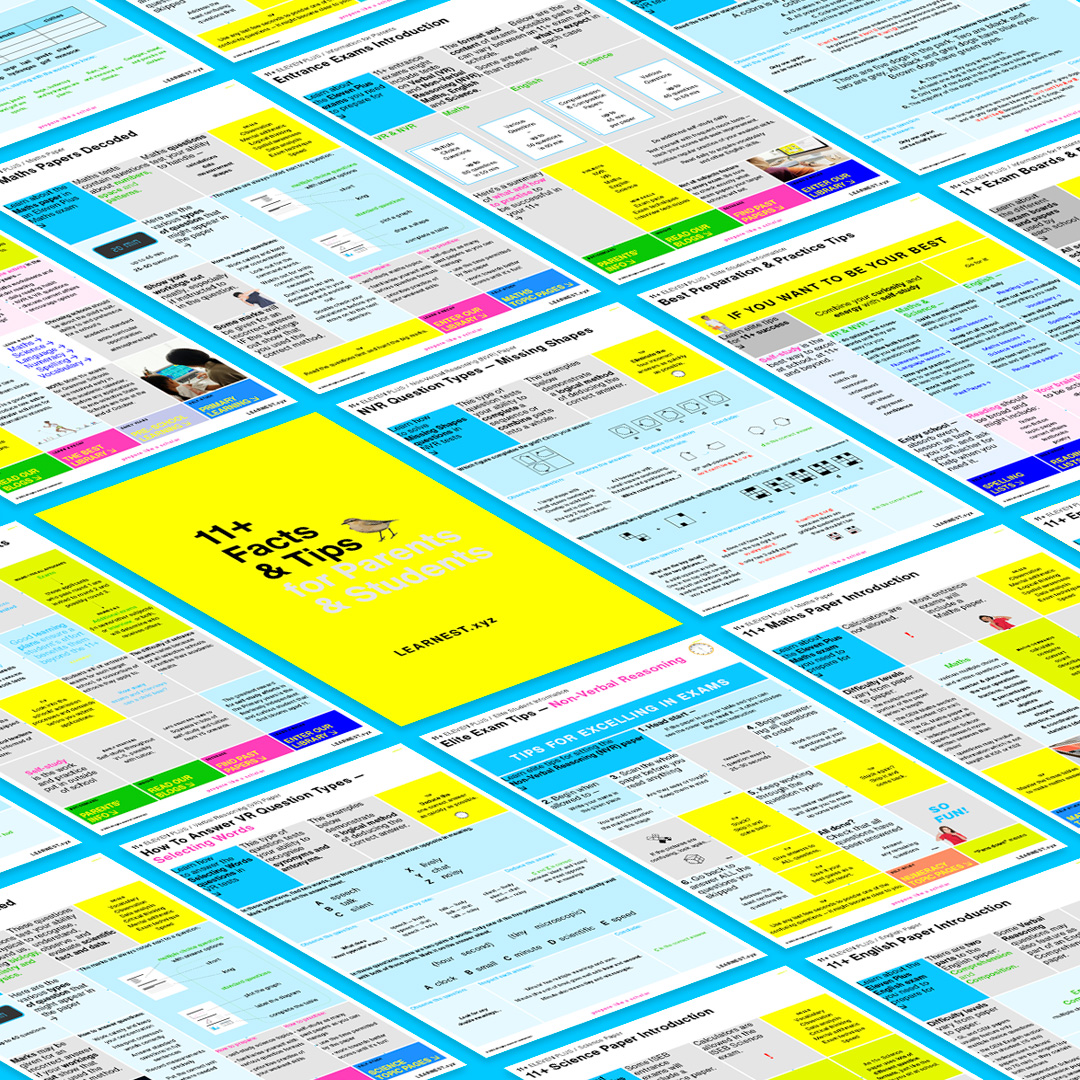
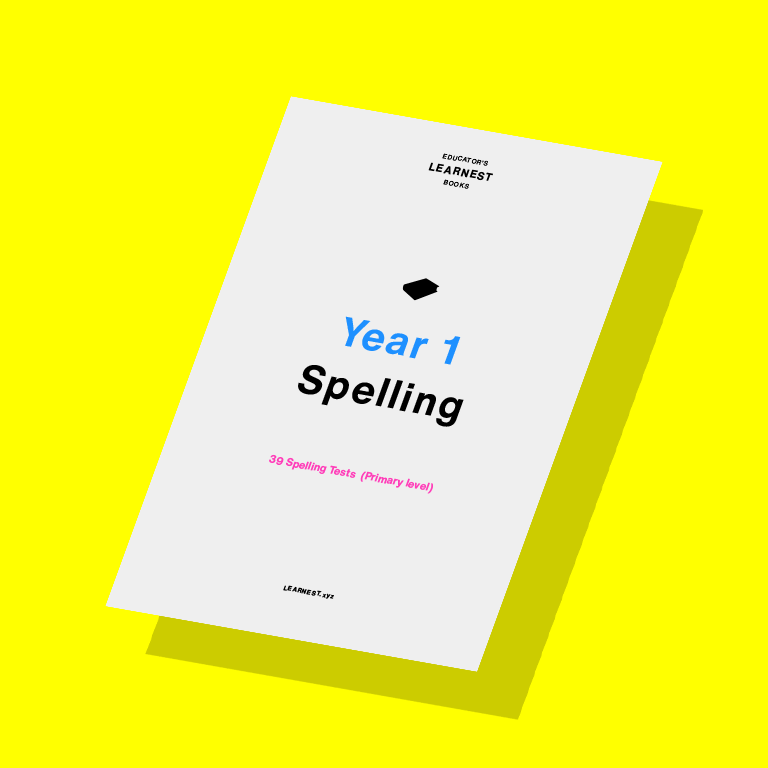
Posted 8 February 2023
Authored by Asano Katashima
Edited by Elliot Paine
2023 © All Rights Reserved. Learnest.xyz